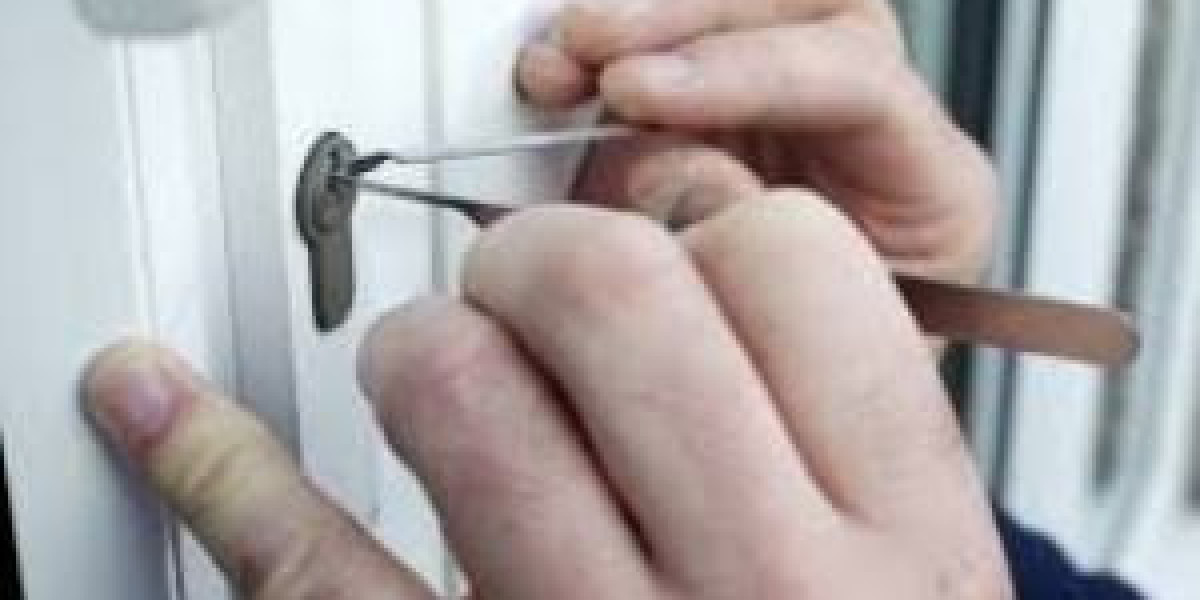
Vinyl Window Repair: A Comprehensive Guide
Vinyl windows are a popular choice for property owners due to their toughness, energy efficiency, and low upkeep requirements. Nevertheless, like any other structure product, they can develop problems with time. Whether it's a broken pane, a stuck sash, or a leaking frame, understanding how to upvc door repair vinyl windows can conserve you money and time. This post supplies an in-depth guide on typical vinyl window problems and the steps to fix them.
Common Issues with Vinyl Windows
Before diving into the repair processes, it's necessary to comprehend the typical issues that can arise with vinyl windows:
- Broken or Cracked Pane
- Stuck Sash
- Dripping Frame
- Damaged Insulation
- Drafts and Air Leaks
- Fogged Windows
- Damaged Seals
Tools and Materials Needed
To effectively repair vinyl windows, you will require the following tools and materials:
- Screwdriver
- Utility knife
- Caulk weapon and silicone caulk
- Replacement glass pane (if needed)
- Window glazing compound
- Security glasses
- Gloves
- Sealant tape
- Plastic shims
- Drill with a small bit
- Weather condition stripping
Step-by-Step Repair Guide
1. Broken or Cracked Pane
Determining the Issue:
- A broken or cracked pane is typically the outcome of impact or age. It can be a security risk and lower the window's energy efficiency.
Repair Steps:
- Safety First:
- Put on shatterproof glass and gloves to safeguard yourself from sharp edges.
- Get Rid Of the Broken Pane:
- Carefully get rid of the damaged glass using an utility knife to pry out any staying pieces.
- Clean the Frame:
- Use a vacuum to get rid of all glass fragments and particles from the frame.
- Step for a New Pane:
- Measure the opening exactly to guarantee the brand-new pane fits perfectly.
- Install the New Pane:
- Apply a thin layer of window glazing substance around the edges of the frame.
- Thoroughly put the brand-new pane in the frame and press it into the substance.
- Permit the compound to dry according to the producer's guidelines.
2. Stuck Sash
Recognizing the Issue:
- A stuck sash can be caused by dirt, misalignment, or swelling due to humidity.
Repair Steps:
- Clean the Tracks:
- Use a vacuum or a brush to remove dirt and debris from the window tracks.
- Lube the Tracks:
- Apply a silicone-based lube to the tracks to lower friction.
- Look for Obstructions:
- Ensure there are no blockages in the tracks that might be avoiding the sash from moving.
- Adjust the Sash:
- If the sash is misaligned, use a screwdriver to change the screws on the window frame.
- Shim the Sash:
- Insert plastic shims between the sash and the frame to make sure a tight fit and smooth operation.
3. Leaking Frame
Determining the Issue:
- Water leakage around the frame can lead to mold growth and damage to the surrounding structure.
Repair Steps:
- Identify the Source:
- Determine where the water is entering. It might be through the frame, seals, or hardware.
- Seal the Frame:
- Apply a layer of silicone caulk around the frame, ensuring it is smooth and even.
- Replace Worn Seals:
- Remove any old or damaged seals and replace them with new ones.
- Inspect the Drainage:
- Ensure that the window's drainage holes are not clogged. Use a little drill bit to clear any blockages.
4. Harmed Insulation
Identifying the Issue:
- Damaged insulation can reduce the window's energy performance and cause drafts.
Repair Steps:
- Assess the Damage:
- Check the insulation for any spaces or damage.
- Get Rid Of Old Insulation:
- Use a putty knife to get rid of any old or damaged insulation.
- Install New Insulation:
- Apply brand-new insulation tape around the edges of the sash and frame.
- Seal the Edges:
- Use silicone caulk to seal any gaps and guarantee a tight fit.
5. Drafts and Air Leaks
Identifying the Issue:
- Drafts and air leakages can considerably reduce the energy performance of your home.
Repair Steps:
- Locate the Drafts:
- Use a candle light or incense stick to identify areas where air is leaking.
- Use Weather Stripping:
- Install weather stripping along the edges of the sash and frame.
- Inspect Hardware:
- Ensure that all window repair near me hardware, such as locks and latches, is operating effectively.
- Seal Gaps:
- Use silicone caulk to seal any spaces that are not addressed by weather removing.
6. Fogged Windows
Identifying the Issue:
- Fogged windows take place when the seal between the panes of a repairing double glazing-pane window fails, allowing moisture to get in.
Repair upvc Door Steps:
- Assess the Damage:
- Determine if the fogging is serious and if the window needs to be replaced.
- Drain pipes the Moisture:
- If the fogging is minor, utilize a little drill bit to create a few holes at the bottom of the window. This will permit the wetness to escape.
- Seal the Holes:
- Once the moisture has actually drained pipes, seal the holes with silicone caulk.
- Think about Replacement:
- If the fogging is extreme, it may be more affordable to replace the entire window.
7. Run-down Seals
Determining the Issue:
- Worn out seals can result in drafts, water leaks, and decreased energy performance.
Repair Steps:
- Remove Old Seals:
- Use an energy knife to carefully get rid of the old seals.
- Tidy the Area:
- Clean the area where the seals were removed to guarantee a tidy surface area for the brand-new seals.
- Install New Seals:
- Cut the brand-new seals to the appropriate length and install them in the frame.
- Test for Leaks:
- Run a water test to make sure the new seals are water tight.
FAQs
Q: Can I repair a broken vinyl window pane myself?
- A: Yes, you can repair a damaged vinyl window pane yourself with the right tools and materials. Nevertheless, if the damage is comprehensive or if you are not comfortable with the procedure, it is advisable to employ an expert.
Q: How often should I examine my vinyl windows for leaks?
- A: It is suggested to examine your vinyl double glazed windows repairs for leaks at least twice a year, especially before the winter season. Regular maintenance can prevent major concerns from establishing.
Q: Can I utilize regular caulk to seal a vinyl window frame?
- A: Yes, but it is much better to use silicone caulk as it is more versatile and adheres better to vinyl surfaces. Regular caulk can break and peel with time.
Q: What is the very best way to clean vinyl window tracks?
- A: Use a vacuum cleaner with a brush attachment to remove dirt and particles. For stubborn dirt, a mix of water and moderate meal soap can be utilized. Avoid using extreme chemicals as they can harm the vinyl.
Q: How do I understand if my vinyl window requires to be replaced?
- A: If your vinyl window is old, regularly stuck, has substantial damage, or if the energy efficiency is compromised (e.g., fogging, drafts), it might be time to replace it. Seek advice from a professional for an assessment.
Vinyl windows are a reliable and effective choice for numerous homes, but they require periodic repair and maintenance to work optimally. By comprehending the common issues and following the detailed repair guide supplied, you can extend the life of your vinyl windows and preserve a comfortable, energy-efficient home. Routine checks and timely repairs can avoid minor problems from turning into major issues, making sure that your windows continue to carry out well for several years to come.
Extra Tips
- Regular Maintenance: Regularly clean your windows and look for any signs of wear or damage.
- Expert Help: If you come across complex problems or if the repairs surpass your abilities, do not hesitate to call a professional.
- Energy Efficiency: Consider upgrading to energy-efficient vinyl windows if your present ones are obsoleted or ineffective.
By taking proactive actions and being notified about vinyl window repair, you can delight in the advantages of these windows while minimizing the requirement for pricey replacements.







